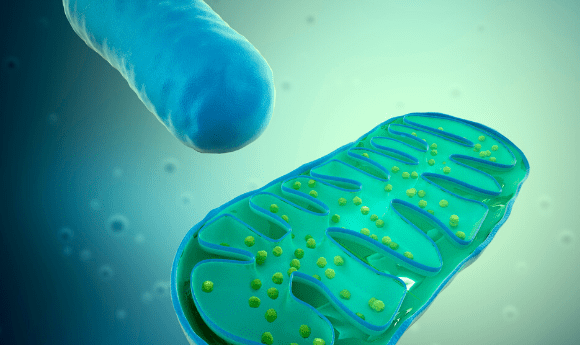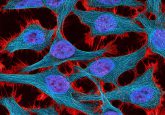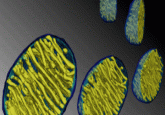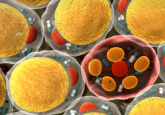Focusing on the cell’s powerhouse

A set of abstracts from the joint meeting of the American Society for Cell Biology and the European Molecular Biology Organization (Washington DC, DC, USA, 7-11 December 2019) draws attention to the latest in mitochondrial research and shines a light on the so-called ‘powerhouse of the cell’.
The first abstract discussing the role of mitochondria comes from a group at the University of Maryland (MD, USA) and the National Cancer Institute (MD, USA). To be presented by Yeap Ng, the abstract describes their use of intravital subcellular microscopy to characterize the metabolic oscillations in live rodents.
Having previously discovered that mitochondrial metabolic activity exhibits synchronized, rapid and periodic oscillations in rat salivary glands, the research group aimed to identify the physiological role of the oscillations and determine how they are maintained at the organismal level.
They found that the oscillations occurred in all tissues tested, not just the salivary glands, though they differ in their period, amplitude and coordination. They also found that the oscillatory pattern was significantly altered in older mice, as well as in a mouse model of head and neck squamous cell carcinoma.
This work is the first of its kind to provide a detailed quantitative analysis of the metabolic oscillation patterns in rodent mitochondria under basal conditions. These baseline measurements may now be used to study the processes during pathological states and identify any differences.
- Protecting the powerhouse of the cell
- Surveying the mitochondrial machinery
- Targeting the mitochondria to attack drug-resistant cancer
A second abstract, to be presented by Casey Hughes of the University of Utah (UT, USA), describes a study performed in yeast to investigate the effects of uncoupling the mitochondria from the vacuole-heavy lysosomes. By severing the connection between the two organelles and disrupting their interdependence the research team was able to better understand the mechanics of the relationship between them.
Genetic screens were carried out in yeast to uncouple the organelles. Once separated, the research team found that an increase in cellular iron uptake was able to restore the mitochondria to their full function, despite the absence of the lysosomes. The iron was able to suppress any defects in mitochondrial structure or function that would otherwise be brought on by the vacuolar dysfunction. From this, the authors were able to conclude that the main role of vacuoles in maintaining mitochondrial function is providing a source of bioavailable iron.
They also found that amino acids, in particular cysteine, could exacerbate the lack of iron bioavailability that was caused by the vacuole deficiency. As the vacuole plays a vital role in the compartmentation of amino acids, and thereby the loss of vacuoles results in an accumulation of cytoplasmic amino acids, the authors suggest that there is a chain reaction at play; excess cytoplasmic amino acids limit the bioavailability of iron which then impairs mitochondrial function.
This work highlights the importance of the interaction between the two organelles and the necessity of the vacuole-mitochondria connection in maintaining cellular function. In addition, it establishes the compartmentation of amino acids as an important method utilized by cells in order to limit the toxicity caused by accumulation of amino acids.
The mitochondria is a key organelle that is vital for maintaining cellular activity. A greater understanding of mitochondrial function and activity could aid in discovering the role it plays in cellular aging and other age-related diseases as well as assist in the hunt for novel drug targets.





